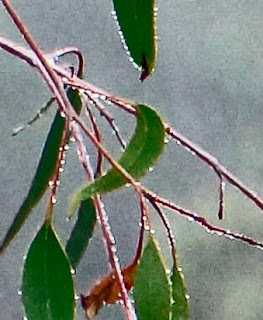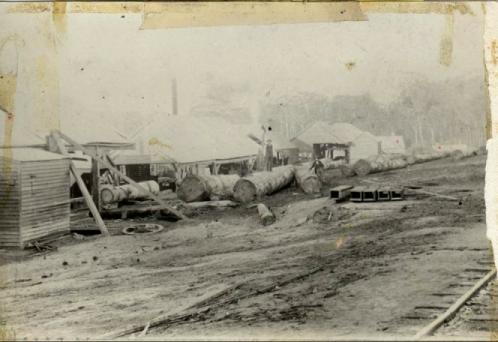I've been missing in action for quite a while. Life is like that sometimes.
This month I hope to get back on track.
I have been preserving fruit. Damson plums - they make the most delicious plum jam - but they are fiddly, being small and cling stone. I bottled some too and they look great. The twenty eight parrots feast on the fruit high on the tree, while the chooks get the windfalls.
 |
| Joey Williams |
I have been rehearsing two nights a week for Joey Williams'
Songlines project. It is a cross cultural performance expressing the story of his family songline, performed in part to honour the memory of his father who died last year. His family totems are all the forms of fire - smoke, embers, fire sticks, sparking fire and flaming fire.
It was also an excuse to dye up some fabrics for our costumes - earthy and reminiscent of skins. Out came the dyepot and in went silks and cottons and karri bark, eucalypt leaves and rusty iron.
I have done some sewing as well, using fabric I had dyed and printed.
I have been helping to build the red tent, with many other woman, for Sarah Martin's
Red Tent Project. It is a big geodesic dome built from bamboo struts and leather hubs, all bolted together and covered with a zipped together red vinyl covering. It is envisaged as a safe and nurturing space for woman.
I have been to writing workshops with Linda Bradbury as part of the
Red Tent Project series of workshops. I managed to get to one of the Write in the Great Southern author talks.
 |
| Image by Bharat Sikka |
We have been to Perth to catch up with family and attend the opening of the
Pilbara Stories exhibition at Form Gallery way back in early February. The exhibition runs till 20th April. To get the best value from this exhibition the stories that were collected at the same time need to be read in conjunction with the images. The photographers are Martin Parr, Ketaki Sheth, Bharat Sikka, Annet van der Voort and John Elliott.
 |
| Image by John Elliott |
And there have birds congregating on the inlet and pretty sunsets in amongst it all.
 |
| At the fisherman's jetty at Crusoe Beach |
 |
| Pelicans and cormorants |





































